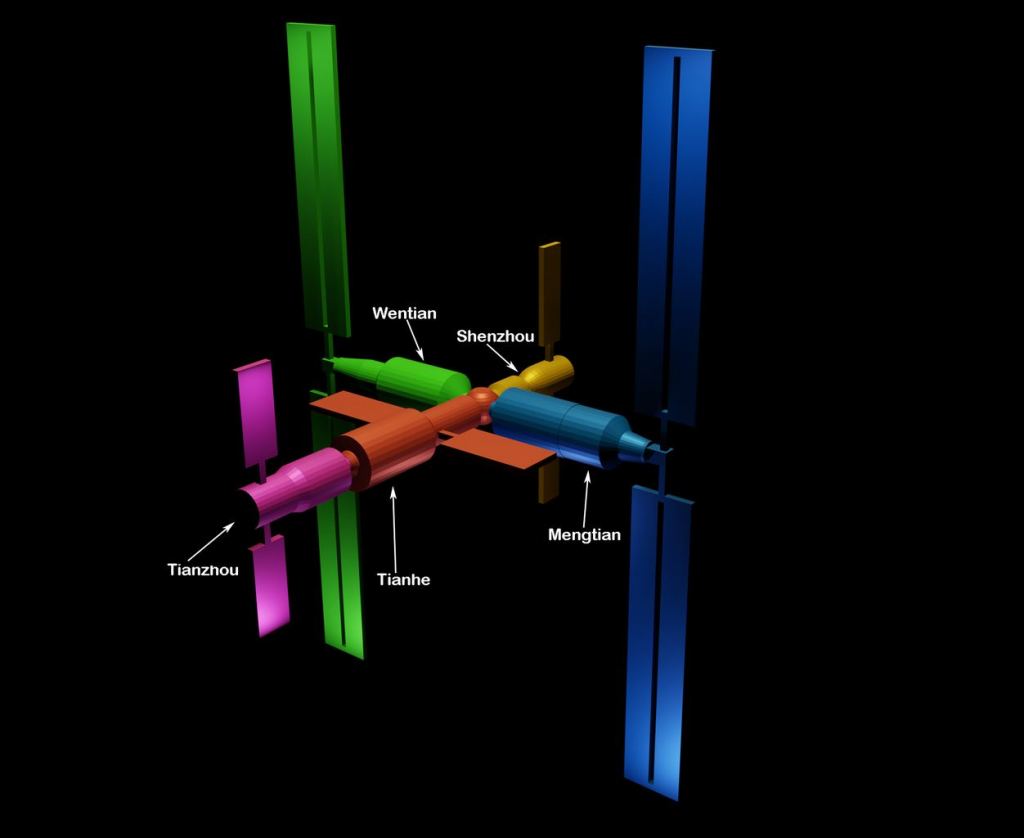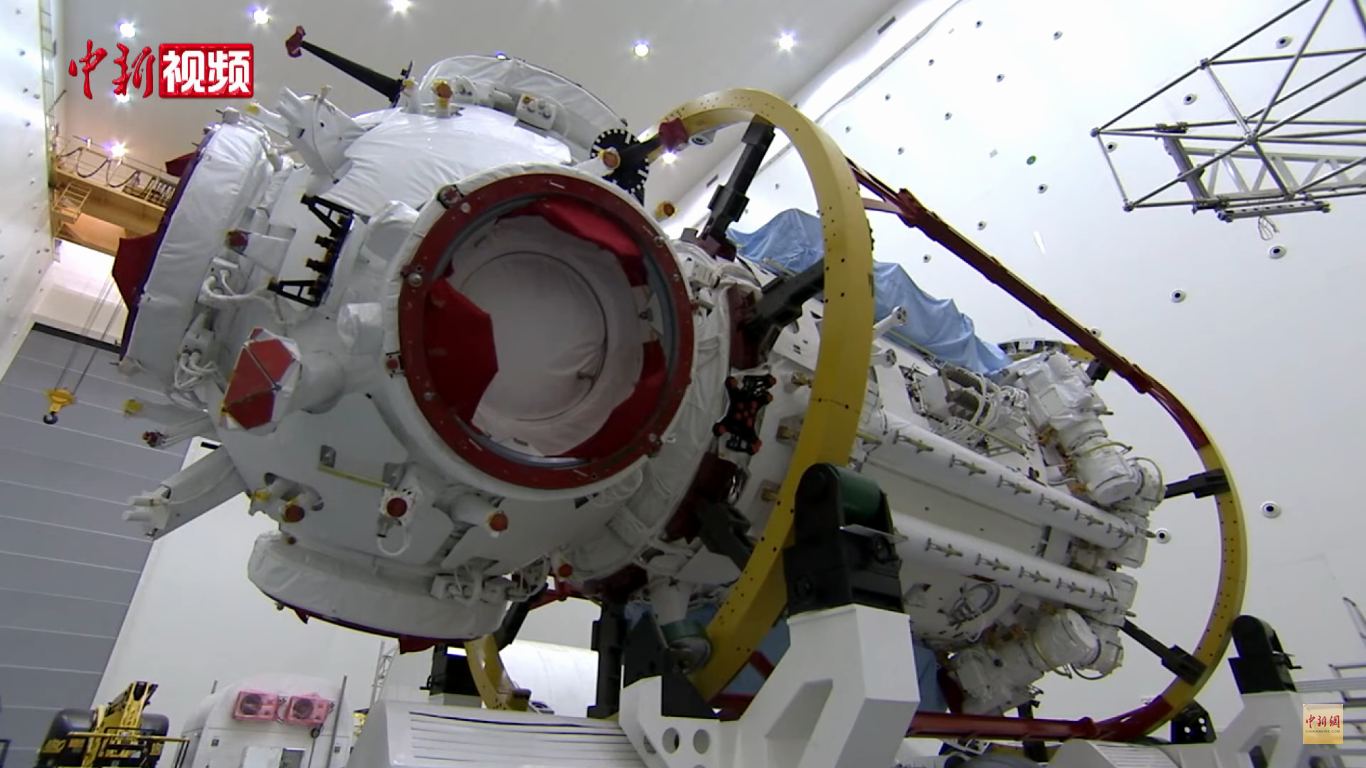Early on Thursday, a Long March 5B rocket – currently the most powerful of China’s space launch vehicles – blasted off from Wenchang, carrying the first major component of an ambitious new modular space station.
The station module, dubbed Tianhe (Harmony of the Heavens), marks the next big step in China’s human spaceflight program in Low Earth Orbit (LEO). Barred from participating in the International Space Station (ISS) by US law, which forbids cooperation in space between the two countries, China has been developing its own LEO capabilities for over a decade now.
It launched its first spacefarers (called taikonauts) in 2003 and 2005 under the Shenzhou program, with a vehicle based on the Russian Soyuz design. A technology sharing agreement with Russia also enabled China to launch their first space station in 2011: a small, single-module space base known as Tiangong-1. A similar platform, Tiangong-2, followed in 2016. Both have since deorbited.
Tianhe is a big upgrade from these small predecessors. The core module houses life support for three taikonauts, as well as power and propulsion systems. A series of docking ports will enable crewed spacecraft to visit the station, but also make room for future modules (two other large laboratory sections, named Mengtian and Wentian, are planned). When complete, the modular station will weigh around sixty-six tons – smaller than the ISS, but much more capable than the prototype Tiangong stations. Tianhe also includes an extra-vehicular activity (EVA) airlock and hatch, allowing taikonauts to perform spacewalks.

Tianhe is currently orbiting at an altitude of approximately 360 kilometers at its lowest, and 400 kilometers at its highest, though further orbit-raising maneuvers will likely occur in the coming days to bring the station to its operational position. Like the ISS, it will require regular boosts to keep atmospheric drag from pulling the station back towards Earth.
Despite the political barriers that prevent cooperation with the US, other countries are keen to work with the Chinese space program on the station. Several European experiments are already planned to fly in the coming years, and back in 2019, nine experiments from seventeen countries were selected to fly on the station under the auspices of the United Nations Office for Outer Space Affairs (UNOOSA).
The first taikonauts will arrive at Tianhe in June, to begin construction and operations during a three-month stay in orbit. Three more construction missions are planned between now and 2022, which will be followed by longer-duration science missions. The completed station is expected to last at least ten years.
Tianhe’s launch site, in Wenchang on the island of Hainan, is one of China’s newest spaceports, hosting its first liftoff in 2016. Located closer to the equator than any other Chinese launch site, it provides access to orbital trajectories unavailable to the more northerly sites (although taikonauts visiting the station will launch from the Jiuquan launch center in the Gobi desert instead). The station’s other modules will also launch from Wenchang, which is upgraded to support the newest variants of the Long March family of rockets: those designed as heavy-lift vehicles for interplanetary missions. China’s first robotic Mars mission, Tianwen-1, launched from Wenchang last year.
Featured Image: Tianhe before launch. Credit: CNS (Wikimedia Commons).

